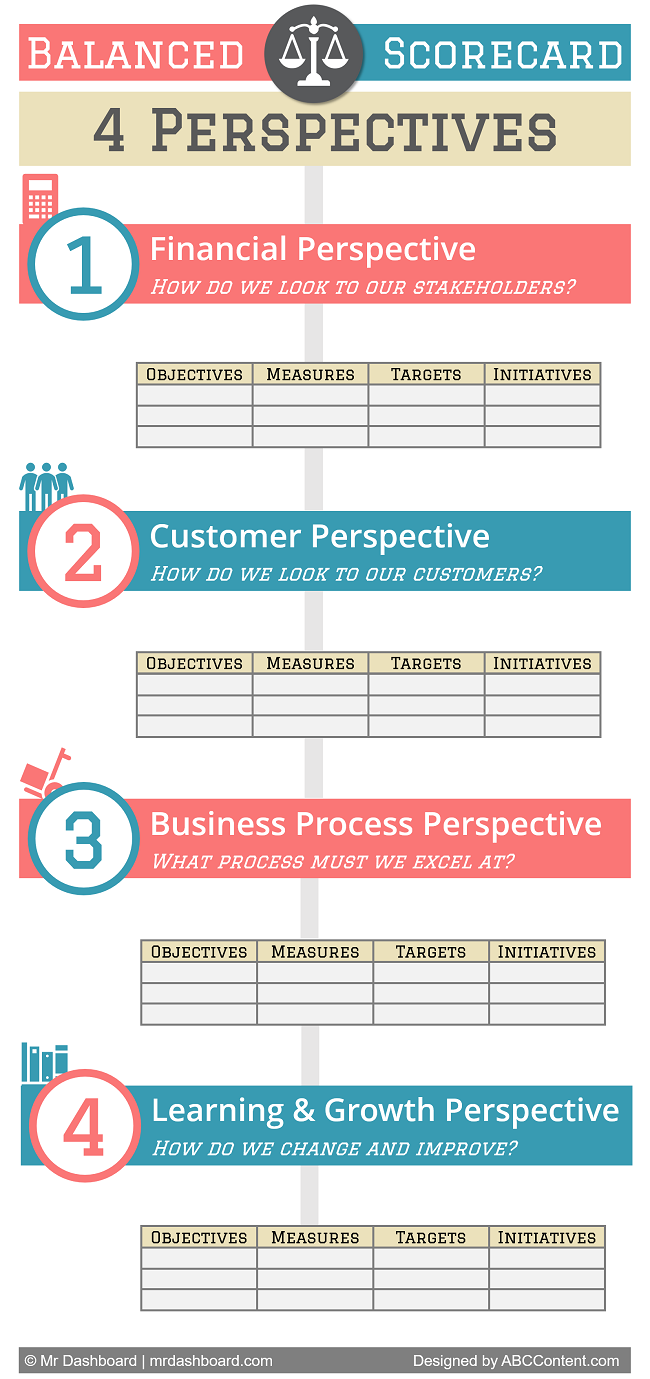Why Stakeholder Analysis Matters
Every decision you make – from launching a new product to entering a new market – affects a group of people who have a stake in your business. These stakeholders often have competing interests, and overlooking them can lead to costly delays, missed opportunities, or even project failure. A systematic stakeholder analysis helps you understand who matters, what they need, and how to engage them effectively.
5‑Step Stakeholder Analysis Process
Step 1: Identify All Relevant Stakeholders
Start with a brainstorming session. Include anyone who could influence or be influenced by the initiative:
- Internal: executives, managers, project teams, employees.
- External: customers, suppliers, regulators, investors, community groups.
- Optional: consider future stakeholders such as potential partners or new market entrants.
Tip: Use a simple Stakeholder List spreadsheet to capture names, roles, and contact details.
Step 2: Map Interests, Influence & Impact
For each stakeholder, record:
- Primary interests (e.g., cost, speed, compliance).
- Level of influence – how much power they have to shape outcomes.
- Potential impact – how the decision will affect them.
These data points feed directly into a Power‑Interest Grid (see the template below).
Step 3: Prioritize Stakeholders
Place each stakeholder on the grid:
- High power / high interest – Manage closely (key allies).
- High power / low interest – Keep satisfied.
- Low power / high interest – Keep informed.
- Low power / low interest – Monitor with minimal effort.
This visual helps you allocate time and resources where they matter most.
Step 4: Craft Tailored Communication Strategies
Develop a brief message for each stakeholder group that addresses their specific concerns and highlights the benefits of your proposal. Consider the preferred channel (email, meeting, newsletter) and the frequency of updates.
Example: For a CFO (high power, high interest), focus on ROI and financial risk; for a operations manager (high power, low interest), emphasize process efficiency and implementation timeline.
Step 5: Monitor, Engage & Adjust
Stakeholder dynamics change over time. Set regular check‑ins, track sentiment, and be ready to revise your strategy. A simple scorecard can flag emerging issues before they become roadblocks.
Useful resource: Balanced Scorecard & Strategy Map Toolkit – turn stakeholder metrics into a visual performance dashboard.
Quick Stakeholder Matrix Template
Copy the table below into Excel or Google Sheets and fill in your data.
| Stakeholder | Interest (1‑5) | Influence (1‑5) | Impact (Positive / Negative) | Key Message |
|---|---|---|---|---|
| Chief Financial Officer | 5 | 5 | Positive – Cost Savings | Projected ROI & financial risk mitigation. |
| Operations Manager | 3 | 4 | Neutral – Process Change | Implementation timeline and workflow impact. |
| Key Customer | 4 | 2 | Positive – Enhanced Service | Benefits to customer experience and support. |
Industry‑Specific Stakeholder Scenarios
Healthcare
- Stakeholders: hospital administrators, physicians, insurers, patients, regulatory bodies.
- Key concerns: patient safety, compliance, reimbursement, technology adoption.
- Tip: Use a compliance‑focused matrix to align clinical and financial priorities.
Technology Start‑ups
- Stakeholders: founders, investors, early adopters, product team, platform partners.
- Key concerns: speed to market, scalability, IP protection, user feedback.
- Tip: Prioritize investors and early adopters in the high‑power/high‑interest quadrant.
Manufacturing
- Stakeholders: plant managers, suppliers, unions, OEM customers, environmental agencies.
- Key concerns: production efficiency, supply chain reliability, labor relations, sustainability.
- Tip: Map supplier risk separately and develop contingency communication plans.
Boost Your Stakeholder Strategy with Proven Tools
Combine the matrix above with our ready‑made templates to save time:
- Business Plan Template – align stakeholder objectives with overall strategy.
- Marketing Plan Template – craft targeted messages for each audience segment.
- Sales Conversion Strategy Pack – address B2B stakeholder dynamics in complex sales cycles.
Take the Next Step
Effective stakeholder analysis turns uncertainty into strategic advantage. Integrate the matrix, tailor your communication, and keep the dialogue alive.
Ready to embed stakeholder insights into a visual performance system? Explore the Balanced Scorecard and Strategy Map Toolkit and start turning data into decisive action today.































